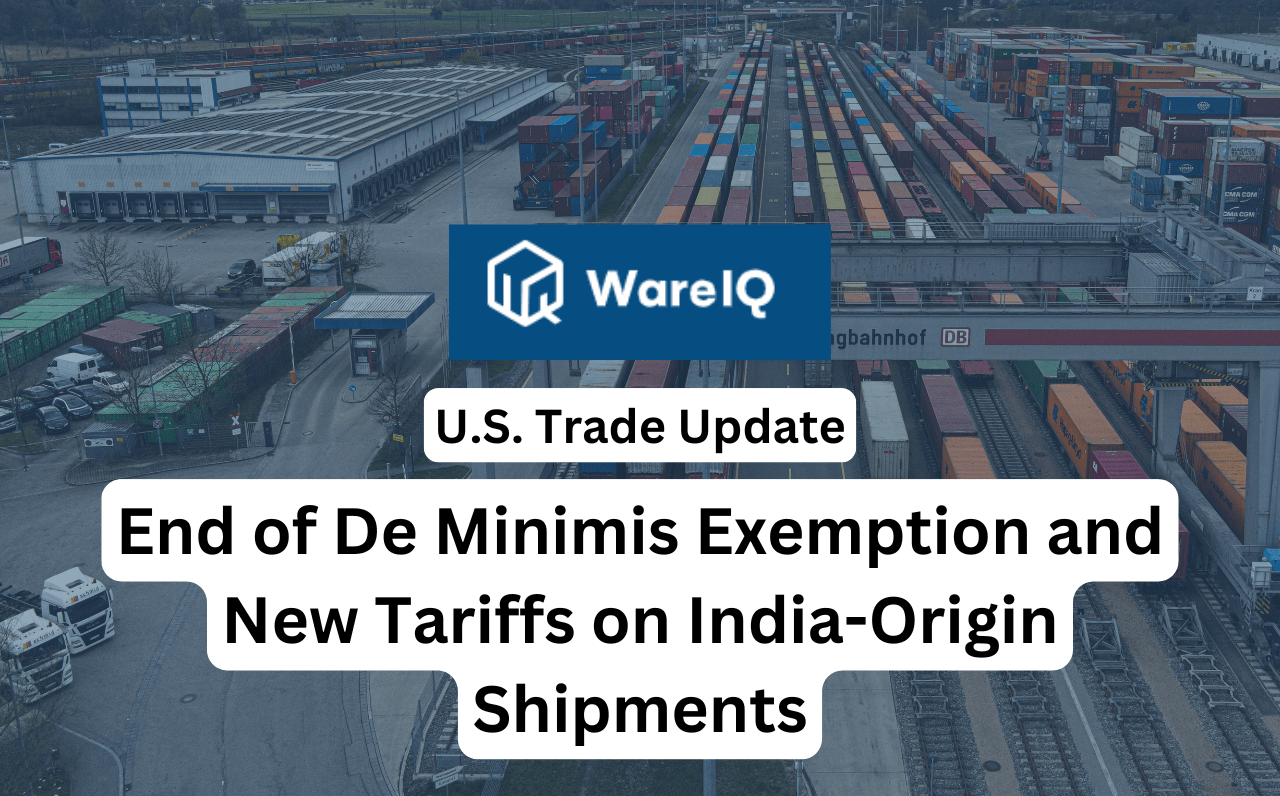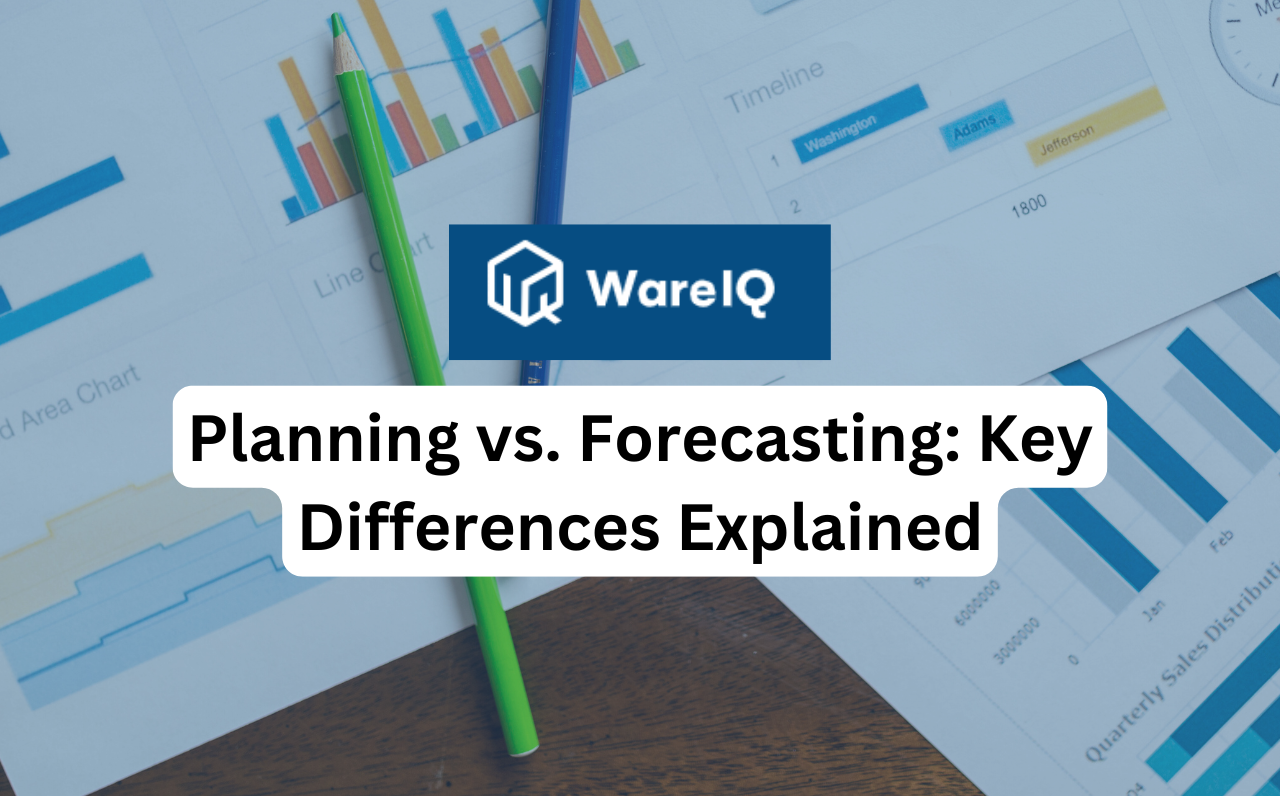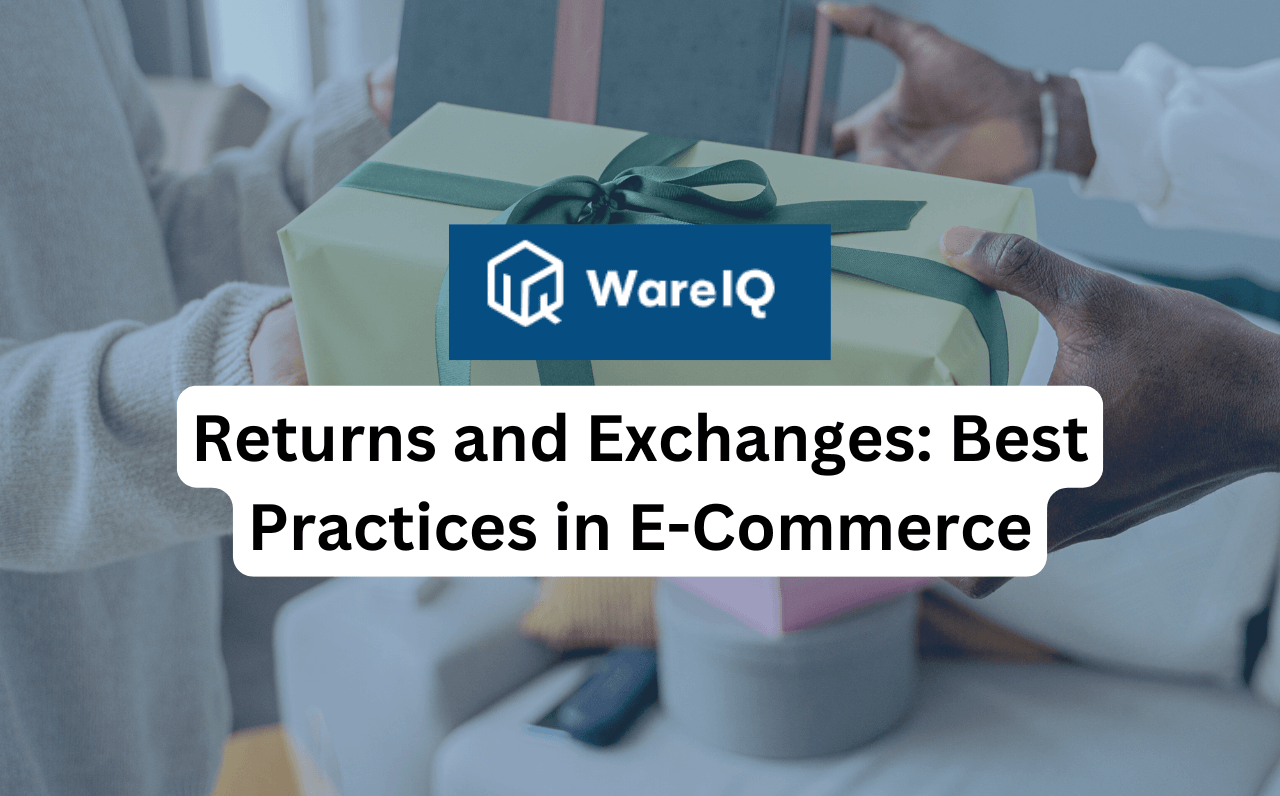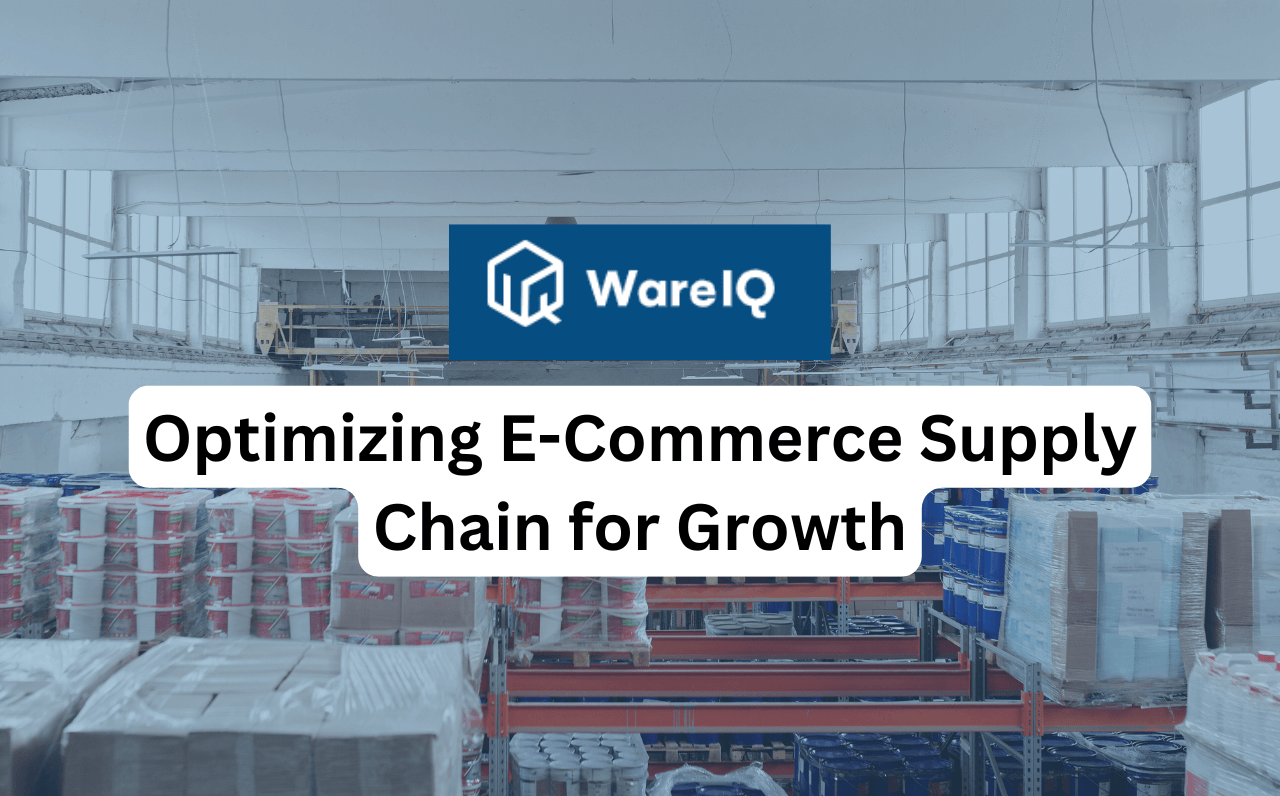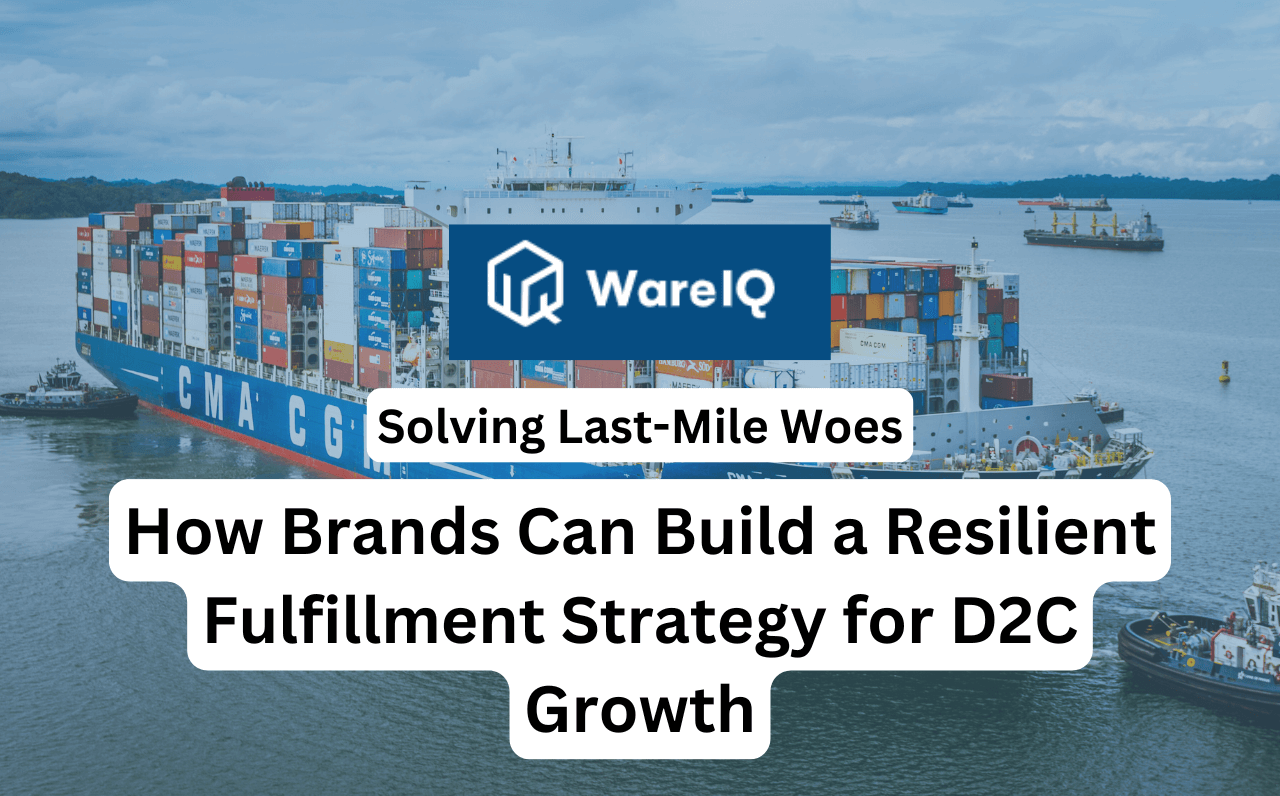
Optimizing Inventory Management for Meesho Mega Blockbuster Sale 2025
Imagine it is the first day of Meesho’s Mega Blockbuster sale, and your store page is flooded with orders. The dashboard is looking like a dream come true, but then reality hits, and there are stockouts and best sellers finished within an hour, which is leading to pending orders getting delayed due to an inventory mismatch. As a seller, you might have gone through this situation at some point during a sale on an e-commerce platform. This is exactly what happens when sellers underestimate the importance of inventory management.When it comes to the Meesho Mega Blockbuster sale this year, the stakes just couldn't be higher. In 2024, the platform reported 145 crore visits and a 40% year-on-year jump in orders. These numbers indicate that this is not just a sale but an opportunity for sellers to multiply their revenues and transform their small businesses into large ones.With competition so fierce, customers today expect lightning-fast deliveries, and sellers who can no longer afford to leave inventory decisions to guesswork can fulfil this increased demand. If you are a seller who is looking to make it big in the Meesho Mega Blockbuster Sale, this guide is for you.This article breaks down everything you need to know about optimising inventory management for the upcoming mega blockbuster sale.The Meesho Mega Blockbuster Sale is not just a sales event but a comprehensive strategy to boost customer engagement, enhance brand visibility, and drive revenue growth. It typically features a blend of pre-sale promotions, influencer partnerships, and targeted marketing campaigns to create buzz and anticipation. This sale represents an excellent opportunity for sellers to clear out old stock, introduce new products, and gain a competitive edge in the market. Effective inventory management and strategic planning are crucial for maximising the benefits of this sale and ensuring a seamless shopping experience for customers.How Big Is Meesho's Mega Blockbuster Sale?Meesho's Mega Blockbuster Sale is an event in the Indian e-commerce industry that can boost a seller's sales massively, and this year, it is expected to go live on September 19, 2025. Millions of buyers are looking for the best offers and discounts, leading to a significant spike in traffic and sales.Volume of Transactions: The sale sees an increase in the number of transactions every minute, with thousands of new orders getting placed every minute during peak hours.Diverse Product Range: The event features a wide range of products from different categories, catering to different customers' needs.Customer Reach: Meesho has always believed in extensive marketing efforts and attractive deals to bring in customers from all over India, including tier 2 and tier 3 cities, thus expanding the platform's reach.Seller Participation: Sellers participate in the Mega Blockbuster Sale and list products at jaw-dropping prices, leveraging the platform's marketing capabilities to boost sales.Revenue Generation: The sale has proven to generate significant revenue for both Meesho and the sellers participating in the sale, making it one of the most profitable events of the year.Essential for new Sellers- Registering on the Meesho Seller Panel: A Complete Guide for SuppliersStrategies to Optimise Inventory Management for Meesho Mega Blockbuster SaleThis year, Messho’s Mega Blockbuster sale is going to be massive, but only sellers with robust inventory management will be able to make the most of it. Sellers often miss out on a life-changing opportunity during a sale event because their top-selling products run out of stock, or they happen to overstock the wrong item, leading to dead inventory. This is the reason why optimising inventory management is essential. Let's look at the different steps that a seller must take to prepare for the upcoming Messho Mega Blockbuster sale.Step 1: Learn From the PastThe best way to plan ahead is often by looking back. It is best to analyse past sales data, industry trends, and customer preferences to forecast demand accurately. Sellers must also use predictive analytics to estimate the quantity of in-demand goods.Don’t just stock what sold well last month; look at what exploded during last year’s Mega Blockbuster Sale. Chances are, demand will be even higher this time.Step 2: Identify your “A-list” productsYou do not need to stock up on all the items. During sale events like the Meesho Mega Blockbuster sale, 20% of your products can generate 80% of your revenue. So it is essential to invest your time and money into stocking the top in-demand products that you sell.Here is how you can categorise:A Products (High priority): Bestsellers, proven demand. Keep a high buffer stock.B products (Medium): Steady sellers. Stock enough, but don’t overdo it.C products (Low priority): Long-tail items. List them, but don’t block working capital.Step 3: Variant/Size PlanningMany sellers make this mistake. They pile up one or two variants of a product, which might not always be in demand, as per records. Example: If you have stocked 500 kurtis, but mostly in size XS, while 80% of buyers want M and L. It will result in stockouts for high-demand sizes and dead stock for the rest.Here is how you can avoid it:Check last year’s size or variant mix. Use the return data to adjust; if many customers returned due to size mismatch, refine your ratios.For colours/variants, track which shades or designs performed better during festive sales.Step 4: Have Suppliers and Stocks ReadyWhen a big sale event is approaching, every seller is rushing to get the best variant or products. So waiting too long can be a mistake, as the supplier might be overloaded and might not fulfil your requirements.The best approach is:Lock production slots 30–45 days before the sale.Confirm lead times in writing. If it takes 7 days to produce and 5 to ship, that’s 12 days minimum.If you depend on a single supplier, build a backup option just in case.It is always necessary to keep your stocks as well as the buffer ready before the sale so a sudden spike in demand can be handled and there is no loss of opportunity. Step 5: Have a Fulfilment StrategyDelivery times matter, especially during an event like the Meesho Mega Blockbuster Sale. When it comes to e-commerce, 72% of buyers prefer free and fast shipping. This indicates that sellers must have a good fulfilment strategy to deliver faster.You can decide between self-fulfilment and third-party logistics for faster fulfilment. It is best to have your products stored in multiple warehouses across the country, preferably near in-demand zones. It will eventually ensure:Faster delivery (products are closer to customers).Less pressure on your own storage and shipping.Reduced the chance of delays during peak rush.Step 6: Monitoring the Inventory in Real-timeA sudden spike in demand for a specific item can catch you off guard. This can result in stockouts; hence, you need to track your inventory closely.You can also set alerts in your system so you know the moment a product dips below your reorder point.Step 7: Promote Your ProductsIt is necessary to list your products and promote them with bundle offers or deals to increase their visibility. However, it is also essential to promote in sync with your available stocks. Here’s how to handle them wisely:Only put products on heavy discounts if you have enough stock.Create bundles to move slower products.Avoid running promotions on low-stock items; you’ll end up cancelling orders.Step 8: Post-Sale StrategyThe sale does not end on the last day. It is essential to have a post-sale strategy to maximise your profits:Handle returns fast: Check why products came back, wrong size, quality issues, or damage. Fix the root cause for next time.Clear leftover stock: Don’t let it sit idle. Create bundles, run smaller clearance discounts, or list them on other channels.Analyse your data: Look at sell-through rates, stockouts, and new customer trends. Use this info to prepare for the next Mega Blockbuster Sale.Suggested - How to Sell on Meesho: Step-by-Step Seller Guide [2025]How to Do Inventory Optimisation for Mega Blockbuster Sale?Inventory optimisation is essential to maximise profitability during Meesho's Mega Blockbuster Sale. Here are some strategies to ensure optimal inventory levels:Data-Driven Decisions: Use data analytics to understand sales patterns, customer preferences, and product performance. This information helps you make informed decisions about stock levels and product assortment.Prioritise High-Demand Products: Focus on stocking up on high-demand products likely to sell out quickly. Analyse market trends and customer searches to identify these products.Dynamic Pricing: Implement dynamic pricing strategies to adjust prices based on demand and competition. This can help optimise sales and profits.Inventory Segmentation: Segment your inventory based on factors like demand variability, lead time, and profit margins. This allows for tailored inventory strategies for different product categories.Collaborative Planning: Work closely with suppliers and logistics partners to ensure timely replenishment and smooth operations. Share sales forecasts and inventory plans with them to avoid any supply chain disruptions.Automated Replenishment: Use automated replenishment systems to trigger reorders when stock levels reach a predefined threshold. This ensures the continuous availability of popular products.Risk Mitigation: Prepare contingency plans for potential disruptions, such as delays in the supply chain, sudden demand spikes, or changes in customer behavior.Why is WareIQ Fulfilment Services the Most Suitable During the Meesho Mega Blockbuster Sale?Connect your Meesho store and other marketplaces effortlessly with WareIQ’s fulfilment platform.Store products closer to your customers using WareIQ’s smart inventory placement across fulfilment centres.Make inventory stored in WareIQ’s FCs available for sales in multiple channels.Boost your Meesho sales with WareIQ’s lightning-fast order processing and delivery.RTO Insurance and seamless returns claim management with WareIQ.Explore - Meesho Order Fulfillment With WareIQConclusionThe Meesho Mega Blockbuster sale is one of the most awaited events where sellers can showcase their products to millions of customers. This event is massive, and only sellers with strong inventory management can be prepared. Sellers must forecast demand, keep top-selling items stocked, distribute inventory into multiple fulfilment centres for faster delivery, and have robust reverse logistics in place for handling returns. Plan ahead and stay prepared, and you can turn this festive sale into the biggest growth moment for your business.The Mega Blockbuster Sale presents a significant opportunity for sellers to boost their sales and reach a wider audience. By following the inventory management tips and online sale strategies outlined in this guide, sellers can maximise their success and make the most of this highly anticipated sales event. WareIQ's advanced fulfilment solutions can further support sellers by providing real-time inventory tracking, automated replenishment, and a pan-India fulfilment network to ensure timely delivery and customer satisfaction during the sale.FAQs About Meesho's Mega Blockbuster SaleWhat is Meesho's Mega Blockbuster Sale and When is it Happening in 2025?Meesho's Mega Blockbuster Sale is one of the biggest online shopping events of the year, featuring massive discounts, exclusive deals, and limited-time offers across a wide range of product categories. It attracts millions of shoppers and offers a great opportunity for sellers to boost their sales.The 2025 edition of the Mega Blockbuster Sale is scheduled to begin on September 19, 2025. Shoppers can expect discounts of up to 80% on popular categories like sarees, tops, dresses, and more. Get ready to grab the best deals before they’re gone!How can WareIQ assist sellers during Meesho's Mega Blockbuster Sale?WareIQ can support sellers by seamlessly integrating Meesho's platform for efficient order management, real-time inventory tracking, and automated replenishment. With a pan-India fulfilment network, sellers can store inventory closer to customers, ensuring faster deliveries and optimal stock levels to meet the high demand during the Mega Blockbuster Sale.How can I optimise my inventory for Meesho's Mega Blockbuster Sale?To optimise inventory, use data analytics to forecast demand, prioritise high-demand products, implement dynamic pricing, and collaborate with suppliers for timely replenishment. Regular inventory audits and automated systems also help maintain optimal stock levels.What are the benefits of participating in Meesho's Mega Blockbuster Sale?Participating in the sale boosts brand visibility, drives high sales volume, and helps clear out old stock. Sellers also benefit from Meesho's extensive marketing efforts, which attract a large customer base.Why is inventory management so important for this sale?Demand spikes rapidly, and poor planning can lead to stockouts, cancellations, or delivery delays, causing sellers to lose revenue and ranking visibility on Meesho. Hence, inventory management is essential.What is the biggest mistake sellers make during the Mega Blockbuster Sale?The most common mistake is understocking bestsellers. Many sellers run out of fast-moving products within the first few days and lose out on the highest sales period.How much safety stock should I keep for the sale?A good rule is to keep at least 20–30% extra inventory for your top-selling products to handle unexpected demand surges.Can I use the same inventory for Meesho and other platforms?Yes. With multi-channel fulfilment solutions like WareIQ, sellers can sync inventory across Meesho, Amazon, Flipkart, and other platforms, ensuring better stock utilisation.
August 30, 2025


